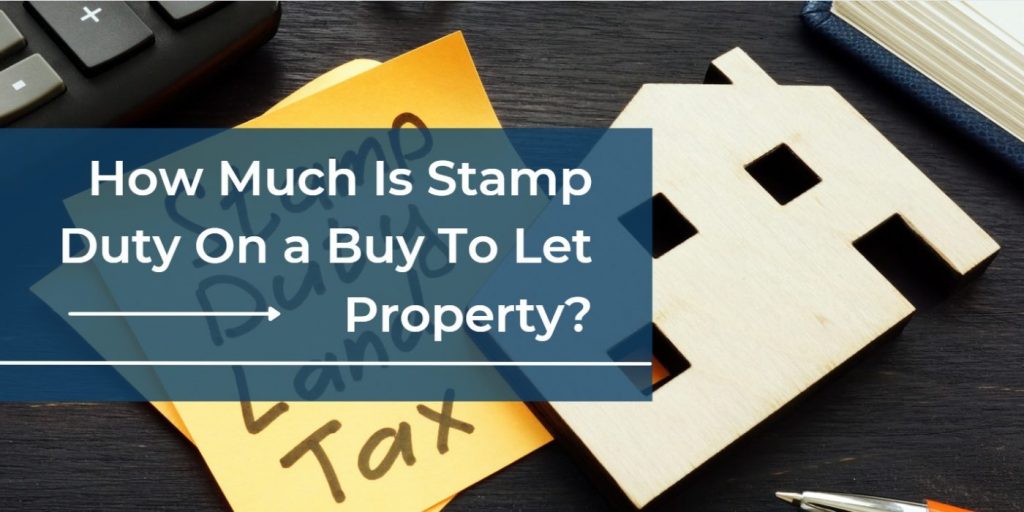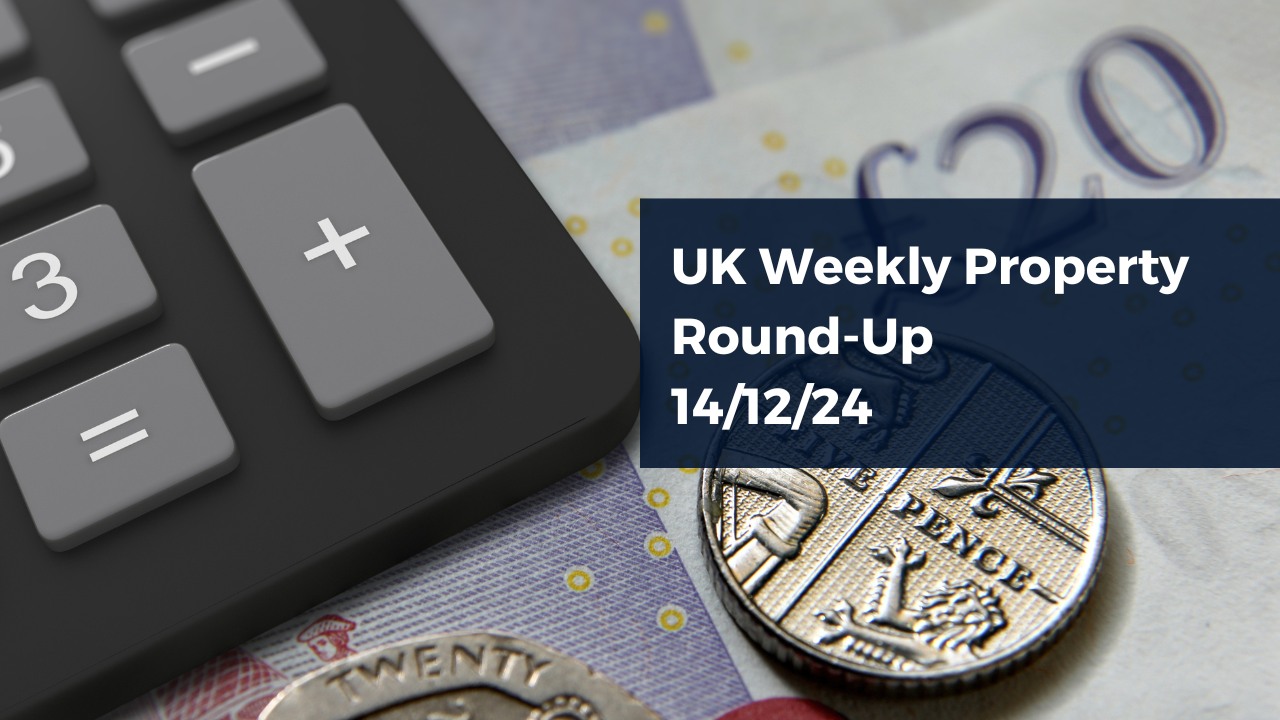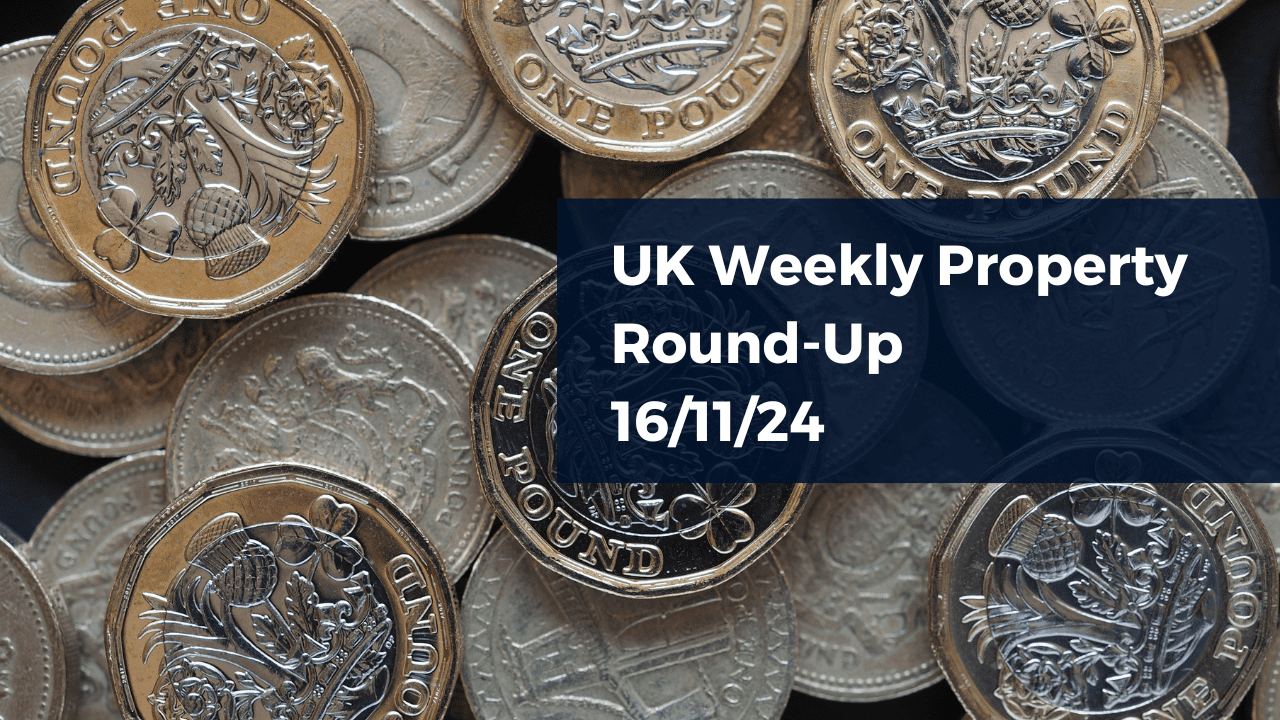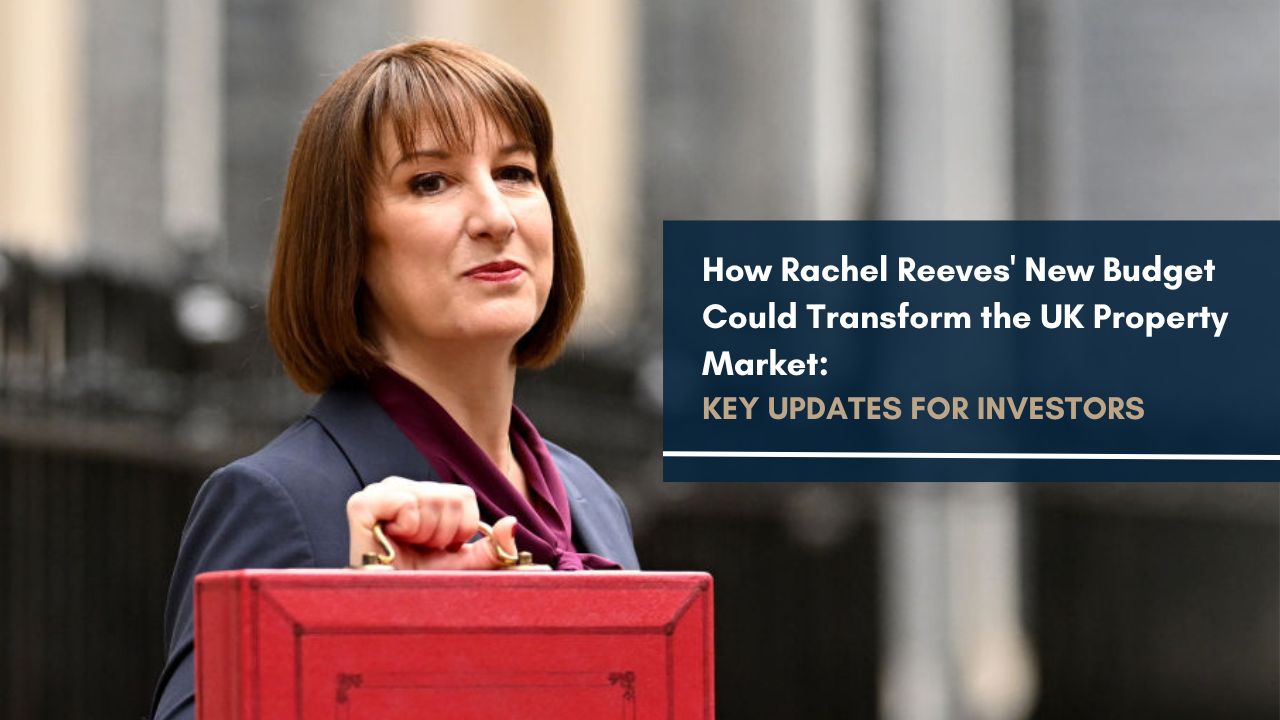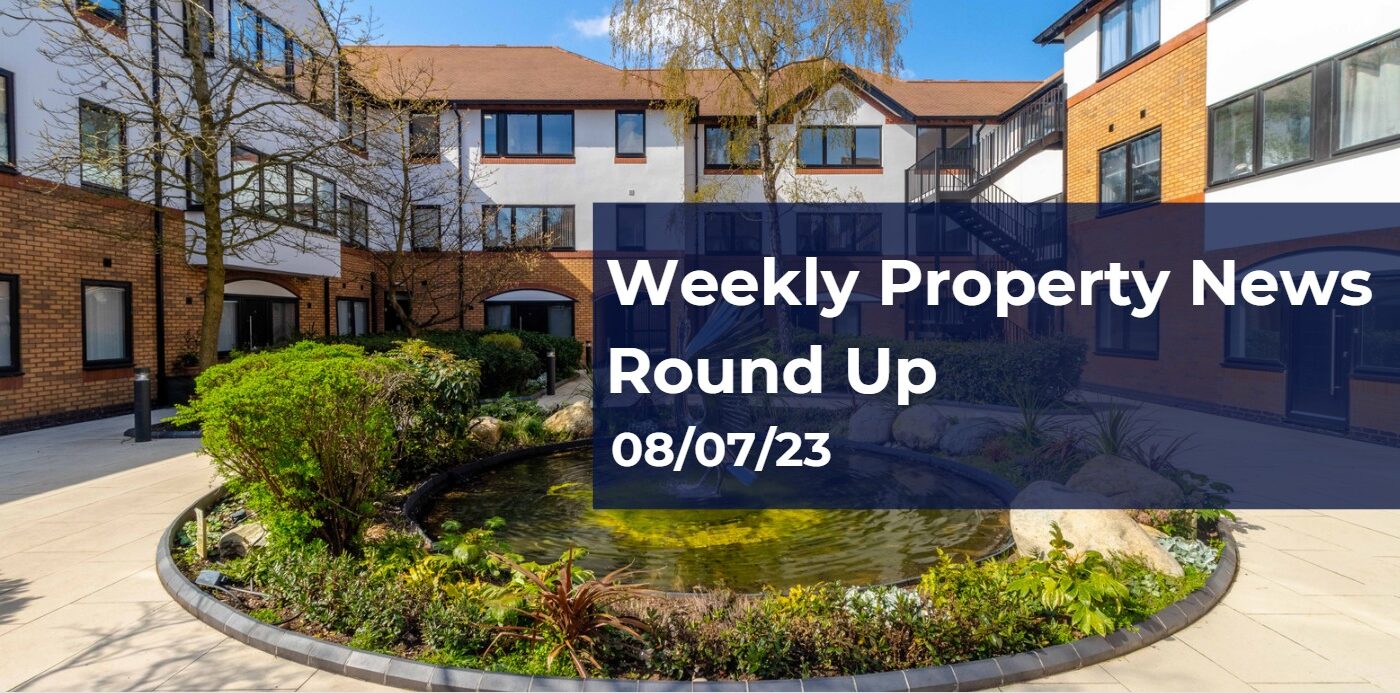So, you’ve lined up your dream buy-to-let property and it’s within budget. You’ve accounted for the total property price, the refurb of your new kitchen and bathroom, and you’re just about to finish totting up the costs when those two dreaded words suddenly spring to mind – stamp duty!
It’s often an overlooked aspect of the buy-to-let purchase process and one that requires quite a bit of working out. That’s because the amount of stamp duty you owe depends on your individual circumstances, which means two investors could end up paying a very different stamp duty bill when buying the same property.
Confused yet? Don’t worry, this guide will walk you through the ins and outs of buy-to-let stamp duty and how to ensure you keep costs down when purchasing your next house.
What Are Stamp Duty Rates for a Buy-to-Let Property?
The rate of stamp duty is based on increasing portions of the property price when you buy a residential property, and that depends on whether the property is your main residence, your first purchase, a second home and a number of other factors.
The standard rate of stamp duty land tax is currently set at 0% on the first £250,000 of the property value, then 5% on the value from £250,000 to £925,000. However, you will need to pay an adjusted stamp duty rate if you meet any of the following criteria:
You Are Buying a Second Property
If you already own another house or any other additional properties then you’ll be due to pay an extra 3% in stamp duty on top of the standard rate.
For instance, if you were to buy an additional house worth £400,000 then you’d pay £19,500 in stamp duty fees on top of the purchase price. This is considerably more than the stamp duty a buyer would be due to pay if they did not already own another property: £7,500.
You Are a First-Time Buyer
It’s rare that a first-time buyer will purchase a buy-to-let, but not impossible. Those that do will be entitled to the same stamp duty relief as any other first-time buyer, providing that they are a UK resident and the property is worth less than £625,000. In which case, you’ll pay:
- 0% on the first £425,000
- 5% on the next £200,000 (£425,001 – £625,000)
You Are Not a UK Resident
If you’re not a resident of the UK then there’s also an additional stamp duty surcharge of 2% on top of any property valued at more than £40,000.
Are There Stamp Duty Exemptions?
Yes, HMRC has outlined a number of tax reliefs through which you may be able to minimise your exposure to stamp duty. This includes:
- First-time buyers
- Multiple dwellings
- Building companies buying an individual’s home
- Employers buying an employee’s house
- Local authorities making compulsory purchases
- Property developers providing amenities to communities
- Companies transferring property to another company
- Charities buying for charitable purposes
- Inherited properties
- Property that is transferred because of divorce or dissolution of a civil partnership
Do the Same Stamp Duty Rules Apply in Scotland, Wales and Northern Ireland?
In Scotland, rather than paying stamp duty, you will pay Land and Buildings Transaction Tax (LBTT); whereas in Wales you will pay Land Transaction Tax (LTT). Both of these taxes involve different tax bands and rates, so make sure you understand the differences if you are considering any property purchases in these countries.
The same stamp duty rules and exemptions apply in Northern Ireland as in England.
Do You Have to Pay Stamp Duty on a Holiday Home Abroad?
No, stamp duty only applies to property in England and Northern Ireland, not property overseas. That said, you will need to check with a local property tax advisor in the country you are looking to purchase a house in, in order to confirm your legal responsibilities.
Need More Advice on Stamp Duty for Buy-to-Let Properties?
If you’re looking at purchasing a buy-to-let property but aren’t exactly sure how much stamp duty you’re liable to pay, feel free to get in touch with one of our investment experts to discuss your situation.
Or, if you’d like to learn more about the taxes you’ll face as a property investor, check out our article: Buy-To-Let Taxes: An Overview


